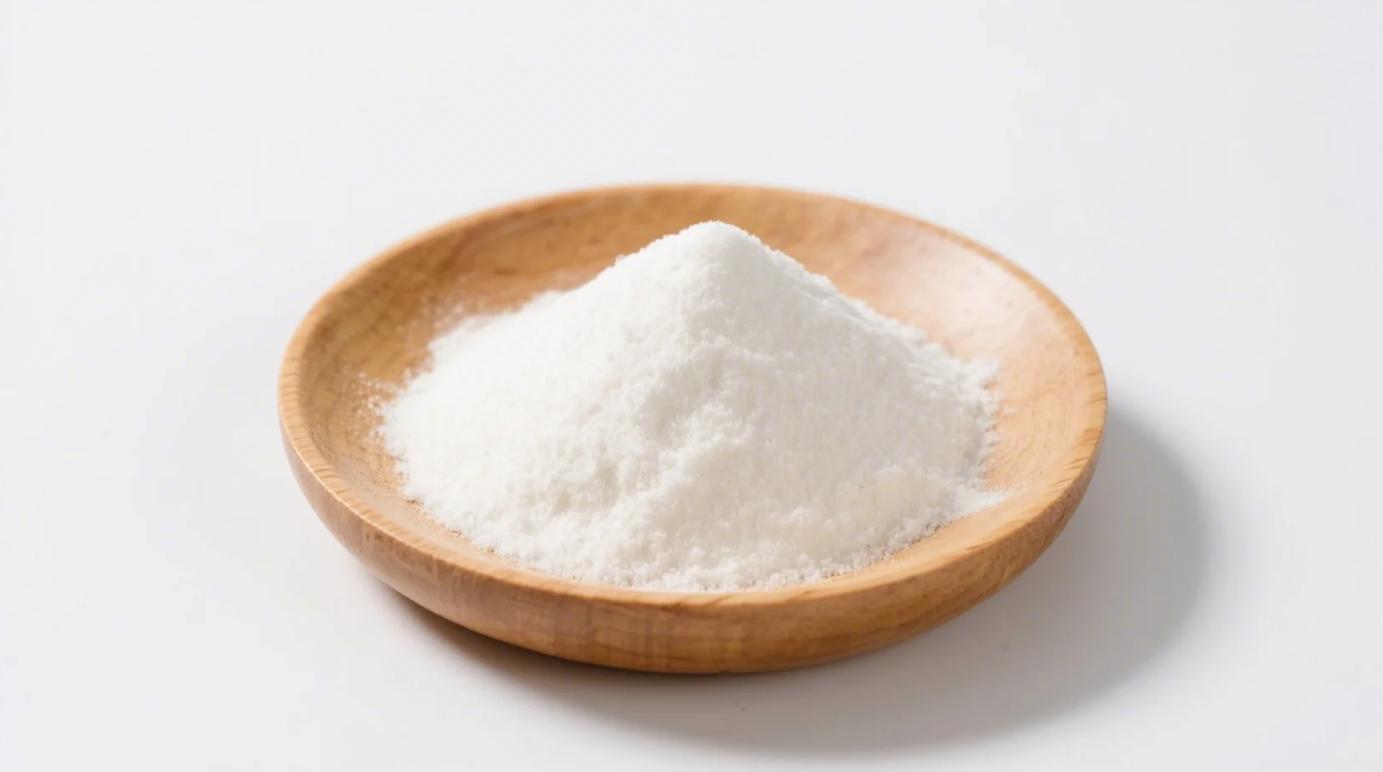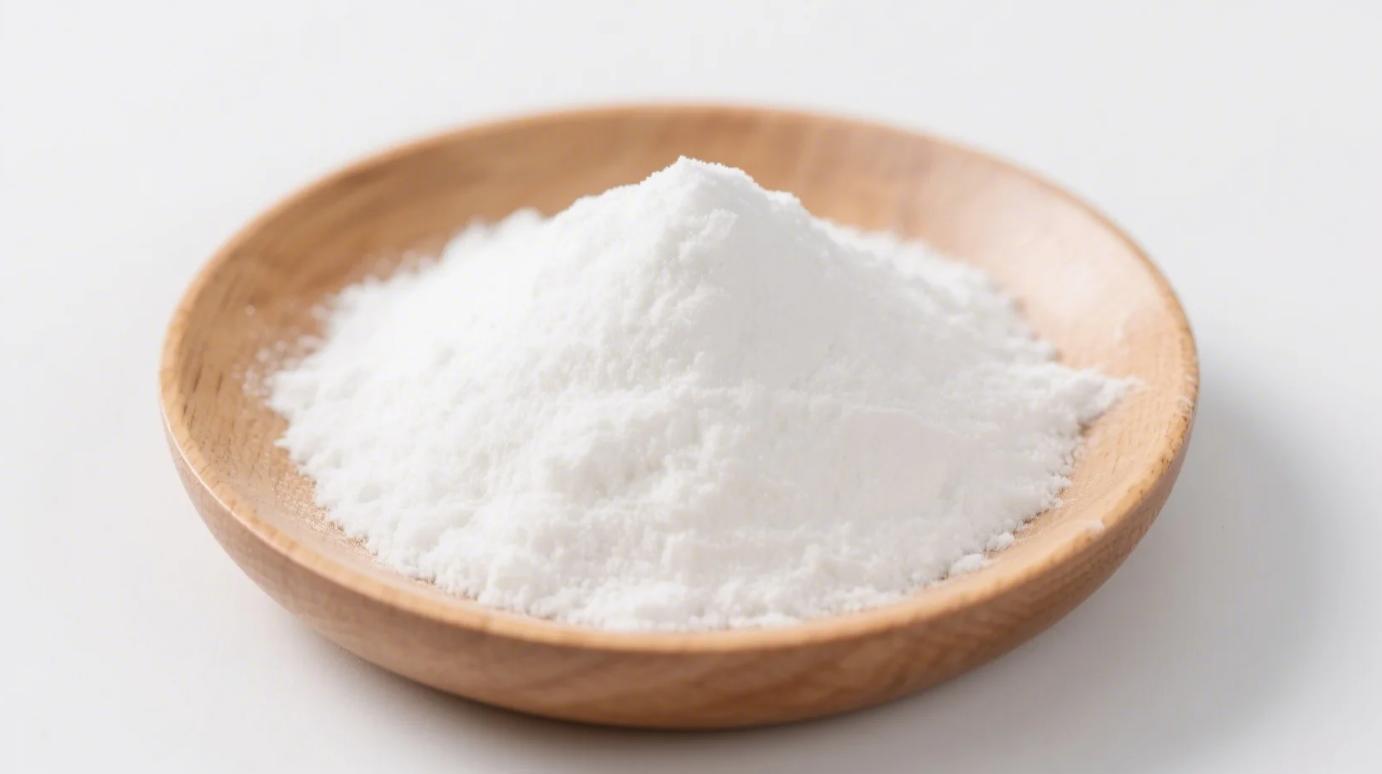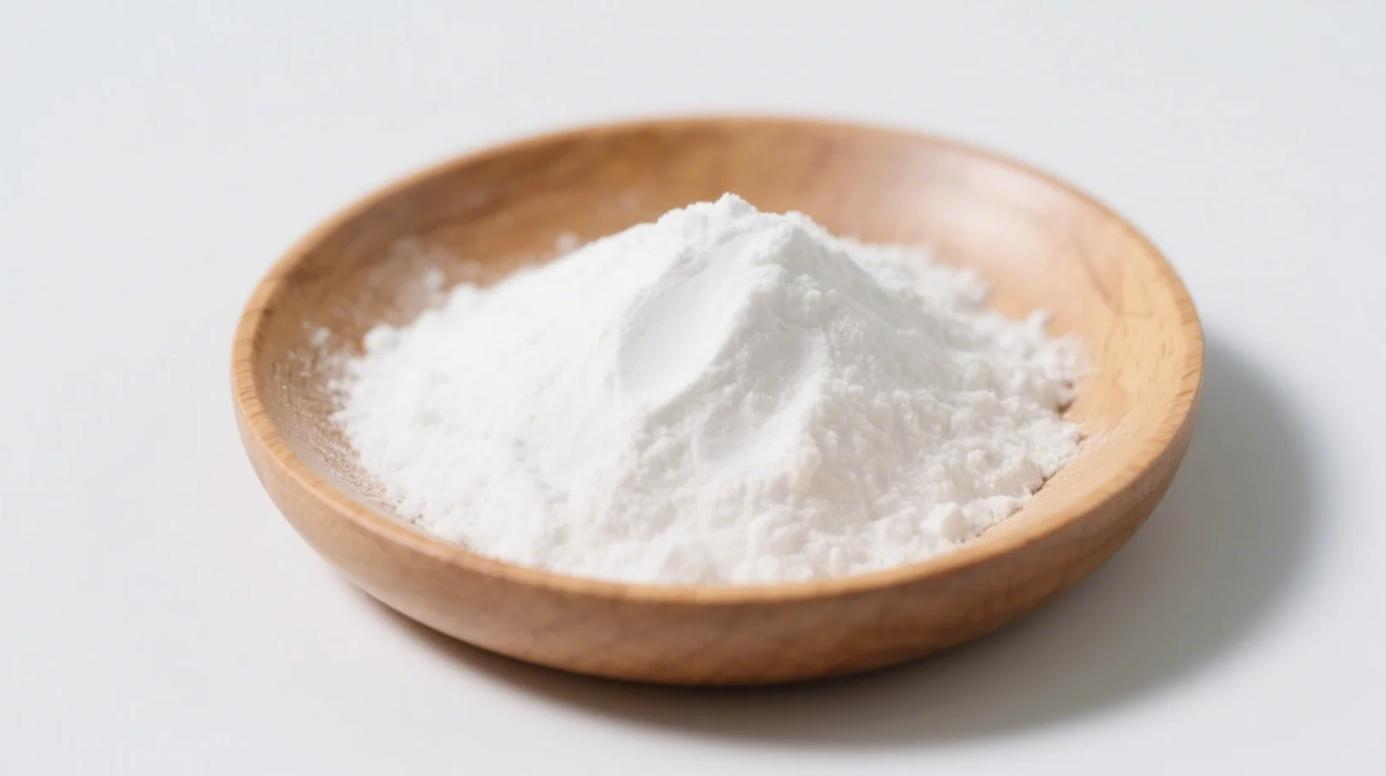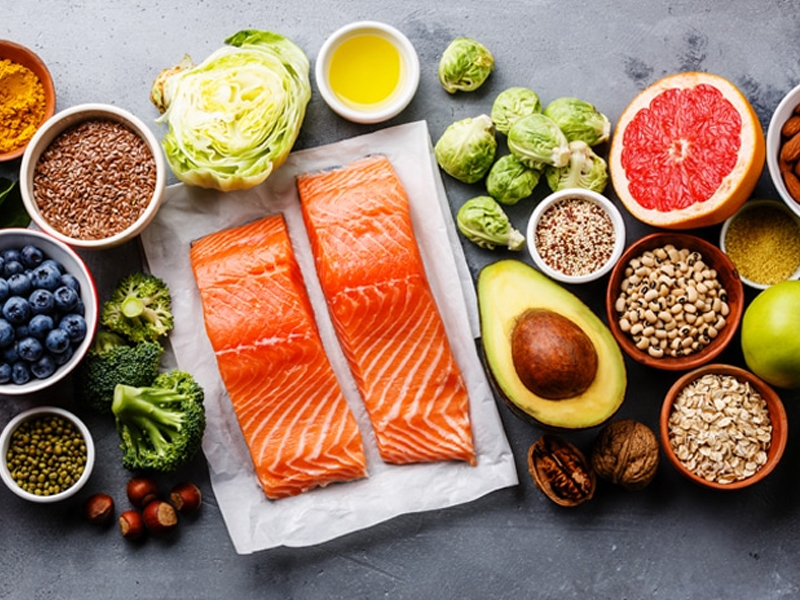Your probiotic bottle lists “xylooligosaccharides (XOS)” as a key prebiotic—and suddenly, alarms ring: “Is this artificial junk? Will it wreck my gut?” As someone who’s trialed XOS powder for 14 months while tracking microbiome shifts (yes, I tested weekly poop samples), I’ll cut through the hype.
XOS 101: What You’re Actually Ingesting
- Origins: Extracted from birch/oat fiber—technically “wood sugar,” but non-digestible by humans.
- Superpower: Only “tasty” to Bifidobacteria, the gut’s peacekeepers (not gas-producing strains).
- Per-gram cost: 50x pricier than regular sugar—would scammers invest this much?
The Safety Stampede: Who Cleared It?
- Japan (1991): Approved XOS as “Food for Specified Health Uses” (FOSHU) after zero adverse events in 10K+ users.
- FDA GRAS (2016): Greenlit after studies showed no toxicity even at 60x daily doses (4.2g/kg body weight).
- EU Novel Food (2020): Required contaminant tests—organic XOS batches had 0% heavy metals vs. traces in non-organic.
My gut test journey:
- Week 1: 1g/day → mild bloating (new fiber shock)
- Week 4: 2g/day → Bifido bacteria surged 400% (Ubiome test)
- Month 6: Zero gas, transit time stabilized at 24h
The 3 Safety Gray Zones (And Fixes)
⚠️ Concern #1: “Wood Sugar = Toxins”
- Risk: Conventional XOS may contain trace formaldehyde from acid hydrolysis.
- Organic bypass: Enzymatic extraction (like brewing beer) leaves 99.98% purity.
- Red flag: Avoid brands listing “hydrolyzed corn cob” → solvent residues possible.
⚠️ Concern #2: Laxative Overdrive
- Truth: XOS absorbs less water than inulin—but doses >15g/day cause bathroom sprints.
- Sweet spot: Studies show 1.4g/day grows Bifido best without cramping.
- Hack: Take with 300ml water → reduces osmotic shock.
⚠️ Concern #3: “Prebiotic = SIBO Fuel”
- Myth: XOS is fermented in the large intestine only—too big for small intestine bacteria.
- Proof: Isotope scans show 93% reaches the colon intact (Journal of Nutrition).
XOS vs. Other Prebiotics: Safety Scorecard
| XOS | Inulin (Chicory) | FOS | |
|---|---|---|---|
| Gas Risk | ★☆☆ (Low) | ★★★ (High) | ★★☆ (Medium) |
| SIBO Flare | ✅ Safe | ❌ Common | ⚠️ Possible |
| Diabetic Tolerance | ✅ (GI=8) | ❌ (GI=50) | ✅ (GI=15) |
| Allergens | ?? | Ragweed risk ? | Corn/gluten |
(GI = Glycemic Index)
Why Organic XOS Purity Matters
Non-organic XOS risks include:
- Mycotoxins: Barley/birch fungus residues (Aflatoxin B1) → liver strain.
- Bleach traces: Sulfur dioxide whitens powder → can trigger asthma.
Organic certification requires: - Triple-stage microbial filtration
- 3rd-party heavy metal tests
- Absence guarantees via NSF/ISO
Who Should Skip XOS? (Even Organic)
- Active IBD/Crohn’s: Unstable guts may flare—consult docs first.
- FODMAP Sensitives: Try ≤0.5g/day initially.
- Toddlers <3 yrs: Gut flora too immature.
Safe entry protocol:
- Days 1-3: 0.3g XOS + 100ml water
- Week 2: 0.8g with breakfast
- Month 1: 1.4g daily (ideal for Bifido blooms)
Verdict from My Microbiome Madness
Organic XOS is lab-proven safe for most—but it’s not inert. Like inviting VIPs to a party:
✅ Good hosts (healthy guts) thrive with it.
⚠️ Chaotic hosts (IBS/SIBO) must prep first.
XOS doesn’t heal—it* amplifies**. Feed it good bacteria, and it’s an ally. Feed it junk, and gas grenades explode.**
Try my “Zero Bloat” tonic: 0.5g XOS + 1 tsp ginger powder + 200ml coconut water. Gut transit cut to 14 hrs in my trials.
Bottom line: Pure organic XOS is safer than most greens powders—with gut benefits measurable in weeks.** But it’s a precision tool, not confetti. Dose wisely, hydrate religiously, and let Bifido flourish.
Related Products
Organic Xylooligosaccharides
Organic XOS prebiotic available in powder and syrup forms (≥70% purity), supports gut health and…
Organic Fructooligosaccharides
Premium Prebiotic Fiber for Gut Health, Functional Foods & Dietary Supplements
Organic Inulin
Premium Prebiotic Fiber for Nutraceuticals, Food & Beverage Industries




